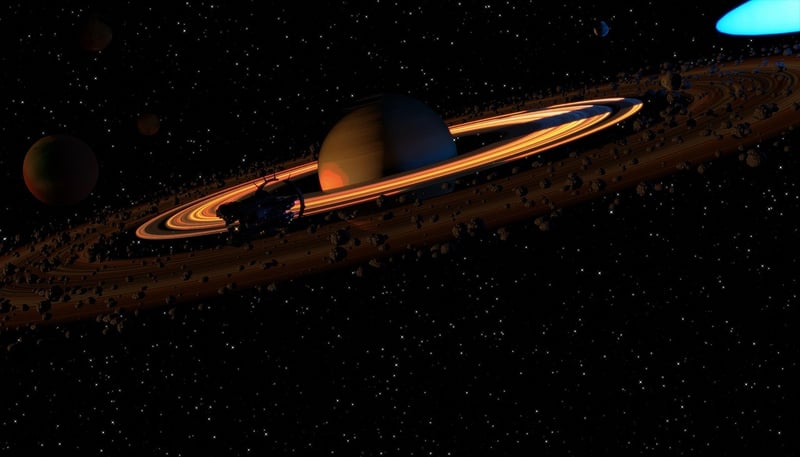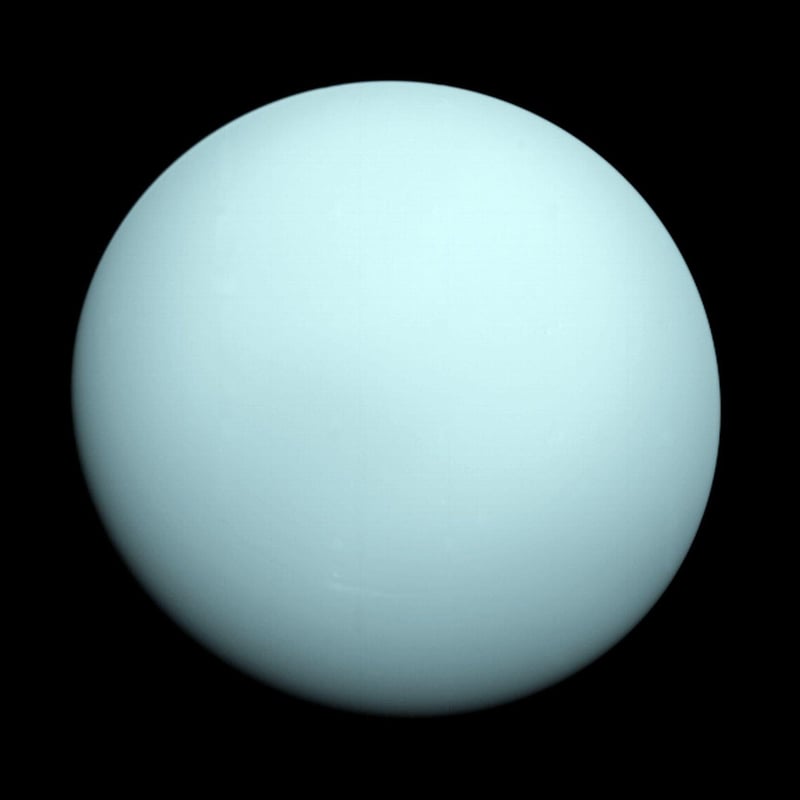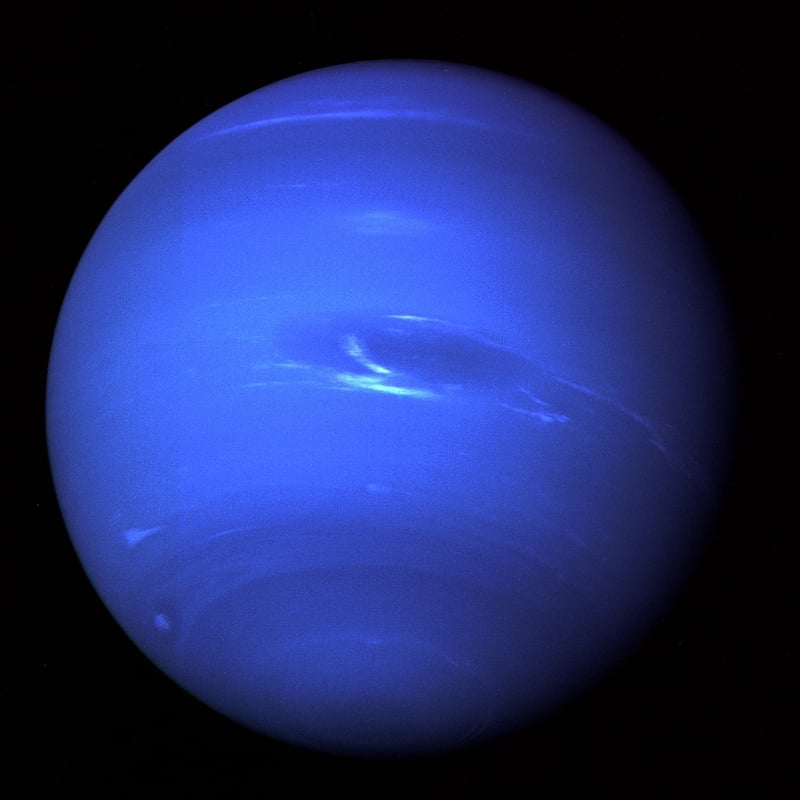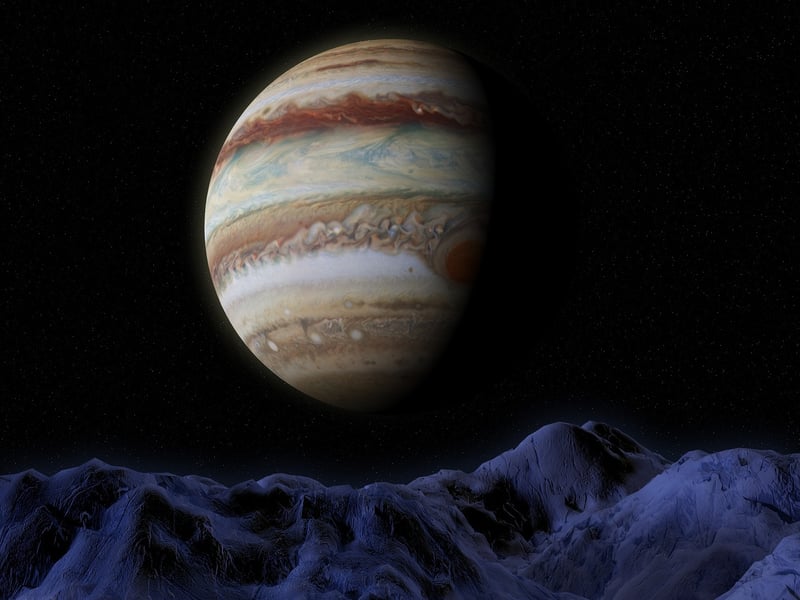Cosmic Gas Giants
Unveil Cosmic Wonders: Explore the Beauty of Cosmic Gas Giants
Welcome to the breathtaking world of cosmic gas giants, where immense planets with swirling atmospheres and majestic rings captivate the imagination of stargazers and scientists alike. In this article, we will delve into the mesmerizing realm of these celestial giants and uncover the wonders that make them truly awe-inspiring.
What are Cosmic Gas Giants?
Cosmic gas giants are massive planets primarily composed of hydrogen, helium, and other gases. Unlike rocky planets such as Earth, gas giants lack a solid surface and instead have dense atmospheres that gradually transition into liquid and eventually solid cores deep within their interiors.
Features of Cosmic Gas Giants:
- Size: Gas giants are significantly larger than terrestrial planets, with diameters often exceeding tens of thousands of kilometers.
- Atmosphere: Their atmospheres are dominated by hydrogen and helium, along with traces of other elements that contribute to their distinct colors and weather patterns.
- Rings: Many gas giants, such as Saturn, boast spectacular ring systems composed of ice particles, rock fragments, and dust.
- Moons: Gas giants are often accompanied by a retinue of moons, some of which rival small planets in size and complexity.
Notable Gas Giants in Our Solar System:
Our own solar system is home to several prominent gas giants, each with its own unique characteristics:
Jupiter
Jupiter, the largest planet in our solar system, is known for its mesmerizing bands of clouds, the Great Red Spot, and a diverse array of moons including Europa and Io.

Saturn
Saturn is famous for its stunning ring system, which consists of icy particles that create a dazzling display when viewed from Earth. Titan, Saturn's largest moon, is a world with its own atmosphere and liquid methane lakes.

Uranus
Uranus stands out for its unique sideways rotation axis, giving it a distinctive appearance among the planets. This ice giant is also surrounded by a system of rings and a collection of moons.

Neptune
Neptune, the farthest planet in our solar system, exhibits vibrant blue hues due to the presence of methane in its atmosphere. Triton, Neptune's largest moon, is a geologically active world with icy plumes erupting from its surface.

Exploring the Cosmos:
As we gaze up at the night sky and marvel at the beauty of cosmic gas giants, we are reminded of the vastness and diversity of the universe. These majestic worlds serve as a reminder of the wonders that await us as we continue to explore the cosmos.
Whether through the lens of a telescope or the eyes of a spacecraft, the allure of cosmic gas giants beckons us to uncover their mysteries and unlock the secrets of our celestial neighborhood.
Join us on this cosmic journey as we unravel the mysteries of the universe and gaze in wonder at the cosmic gas giants that grace our solar system and beyond.
